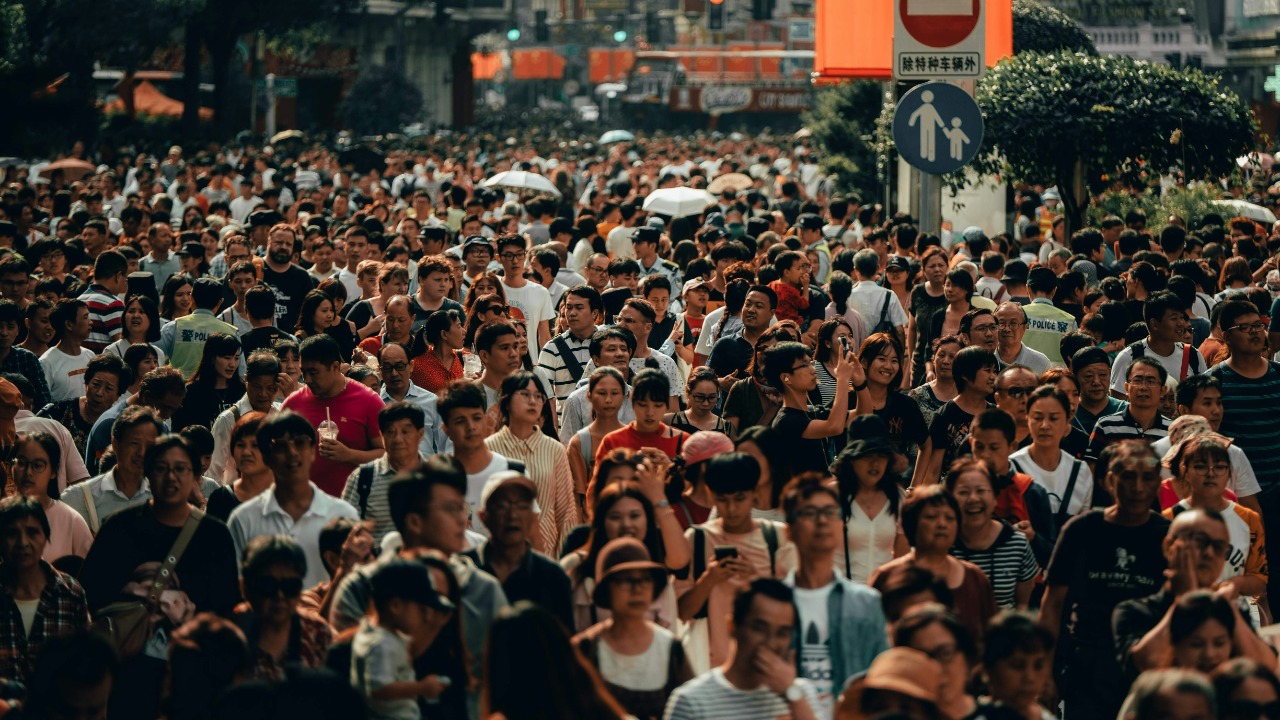
We live in a world where time is a precious commodity. The concept of a Global Human Day provides a unique perspective on how we, as a collective, spend this valuable resource. This measure offers a comprehensive representation of humanity’s daily activities, shedding light on our shared behaviors, preferences, and priorities.
Understanding the Global Human Day

The Global Human Day is a unit of measurement that represents how humankind spends its time. It’s calculated by compiling data on how individuals around the globe spend their days, and then aggregating this data to reflect the activities of humanity as a whole. This unique concept provides a snapshot of our collective daily life, highlighting our shared experiences and differences across different social, cultural, and geographical contexts.
The genesis of the Global Human Day concept can be traced back to the growing interest in time-use research in the social sciences. Over the years, this concept has evolved and been refined, driven by advancements in data collection and analysis techniques. Despite being a relatively new concept, it has garnered significant attention due to its potential to shed light on important aspects of human behavior and society.
Methodology of Calculating the Global Human Day

The calculation of the Global Human Day relies heavily on Time Use Surveys (TUS). These surveys capture detailed data on how individuals spend their day, from work and leisure activities to sleep and personal care. The data is typically collected through self-reported diaries or interviews, providing a granular view of a person’s daily activities.
Once the data is collected, it undergoes rigorous analysis. Researchers classify and code the activities, then aggregate them at various levels—such as by country, gender, or age—to calculate the Global Human Day. The resulting data provides a holistic picture of how humanity spends its time, while also highlighting disparities and trends in time use.
Key Findings from Global Human Day Data

One of the key insights from Global Human Day data is how humanity divides its time between work and leisure. For instance, a recent study found that on average, individuals spend about a third of their day working, while leisure activities account for roughly half of the day. This balance varies significantly across different societies and cultures, reflecting different work norms and lifestyle preferences.
The data also reveals striking disparities in time use between men and women globally. Women tend to spend more time on unpaid work, such as housework and caregiving, compared to men. On the other hand, men usually spend more time on paid work and leisure activities. Furthermore, there are notable variations in time use across different regions and countries, influenced by factors such as economic development, cultural norms, and societal structures.
Trends and Patterns in Human Time Use

Global Human Day data reveals fascinating shifts in human time use over the decades. These shifts reflect changes in societal norms, technological advancements, and global events. For instance, the advent of automation and digital technologies has significantly influenced how we spend our time, reducing the time spent on routine tasks and increasing the time for leisure and personal development.
Global events like the COVID-19 pandemic have also had a profound impact on the Global Human Day. For example, a recent study found that the pandemic led to an increase in remote work, resulting in a blurring of boundaries between work and home life. This shift has had significant implications for our work-life balance and well-being.
Implications of Global Human Day Research

The insights from Global Human Day research have far-reaching implications. They can guide policymaking in areas like labor, education, and health, helping to address societal challenges and improve quality of life. For instance, the findings on gender disparities in time use can inform policies aimed at promoting gender equality, such as initiatives to support women’s participation in the workforce and share unpaid work more equitably.
Furthermore, the Global Human Day concept opens up new avenues for research. It provides a rich dataset that can be used to explore various aspects of human behavior and society, from economic productivity and social inequality to health and well-being. This potential makes it a valuable tool for researchers across different disciplines.
Challenges and Limitations of the Global Human Day

Despite its potential, the Global Human Day concept comes with its own set of challenges and limitations. One of the key challenges is the complexity of collecting time use data on a global scale. Given the diversity of human experiences across different countries and cultures, capturing representative data is a significant task. Moreover, the self-reported nature of time use surveys can introduce biases, as individuals may not accurately recall or report their activities.
Interpreting and applying the findings also pose challenges. The data provides a snapshot of human activity at a specific point in time, but it may not fully capture the nuances and complexities of human behavior. Furthermore, while the Global human day provides an aggregate measure of humanity’s time use, it may mask disparities and inequalities within and across societies. Despite these limitations, the Global Human Day remains a powerful tool for understanding our collective behaviors and guiding our efforts to improve societal well-being.